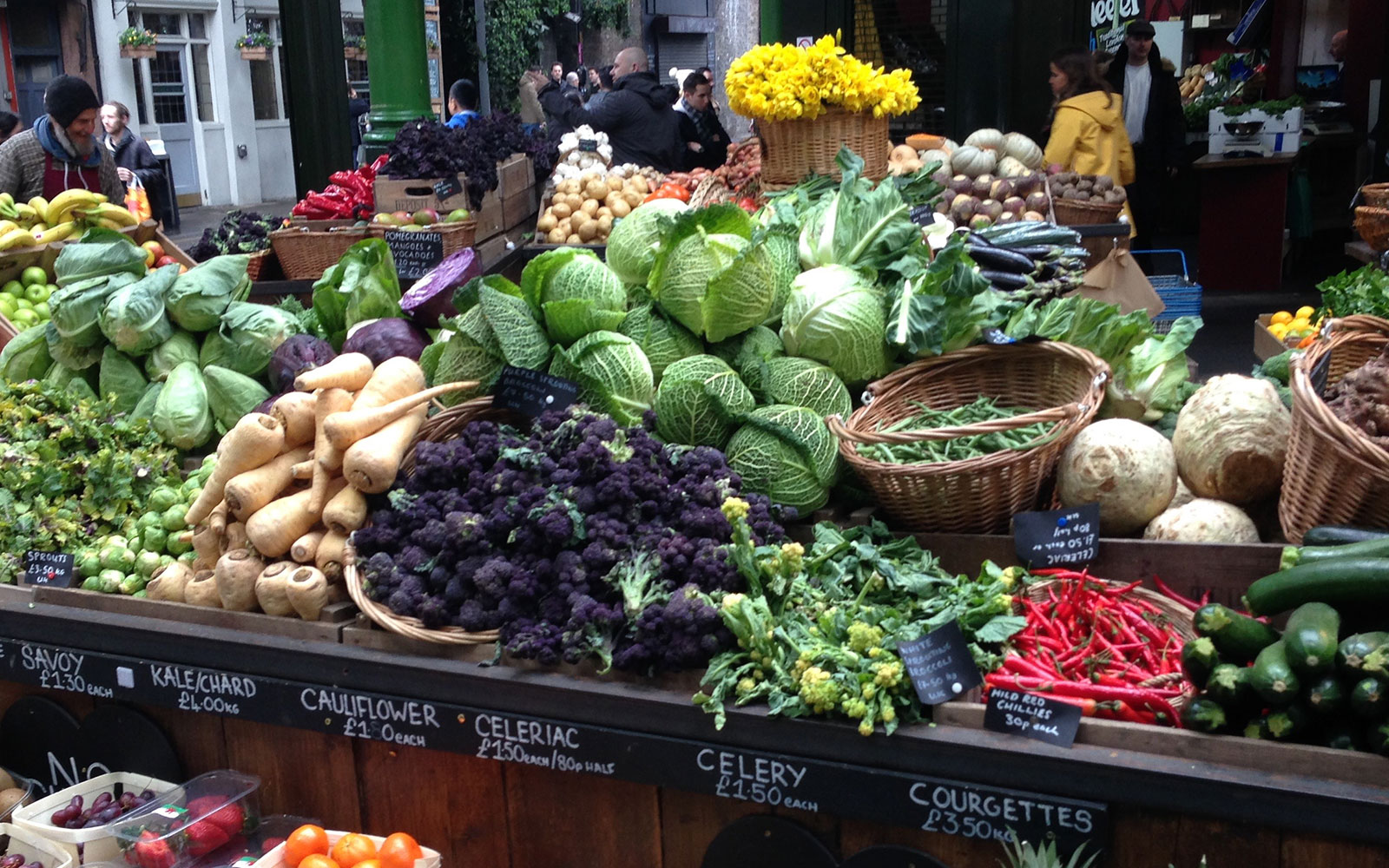
How we cook our food is as important as the food itself.
There is not much point in buying beautifully fresh and even organic food if your cooking methods deplete most of the nutrients. So here are a few ideas on how to cook your food to preserve as many nutrients as possible.
Vegetables are high in water-soluble vitamins such as vitamin C and some B vitamins, which can leach in to the cooking water. So, it is a good idea to add veggies to soups as any vitamins that leach into the water remain in the stock but if you boil your broccoli and carrots you are throwing away a lot of the nutrients with the cooking water.
TIP: if you do boil your vegetables, save the cooking water and use it in soups, stews or even as a base for veggie juices. Also, use as little water as possible, lower the heat if you can and do not overcook your veggies as the higher the heat, the longer the cook and the larger the amount of water, the more vitamin C is lost.
Use a stainless steel steamer or a colander covered with a lid suspended over a pan with about 5cms of boiling water. Steaming preserves nutrients because there is no contact with water so the folic acid in spinach and the vitamin C in your broccoli stay in the veggies, not the water.
Steaming in the microwave requires a very small amount of water. Research shows that microwaves preserve nutrients in cooking certain foods, especially vegetables. Having said this, if you use a plastic steamer, container or cling film to cover a dish, even those designed for microwave use, there is a risk of chemicals leaching into your food. For example, BPA is a chemical used to harden plastics and has been linked to increased risks of cancer and it appears to especially affect babies and children. More research is needed in this area but since we are exposed to BPA via lining in canned food, foods in not BPA free containers, etc, is probably best to avoid these plastics in the microwave whenever possible. There is also research that raises doubt the health impact of BPA-free plastics as some have been found to contain high levels of oestrogenic chemicals which could affect our hormonal balance.
Interestingly, some scientific studies show that although the heat needed for cooking vegetables may reduce their levels of phytochemicals, which are responsible for the dark colour of fruit and vegetables and protects us from damaging free-radicals, cooking also softens the vegetables’ cell structure and increases the availability of these phytochemicals.
Steaming was found to preserve more phenols, a group of antioxidants including flavonoids, tocopherols and resveratrols, found in onions and green and red coloured vegetables and glucosinolates in brassica vegetables, that research has linked to a lower risk of cancer. On the other hand, processing and cooking had a positive effect on carotenoids such as beta-carotene in carrots and lycopene in tomatoes.
TIP: You can cook your vegetables in a baking parchment parcel (a papillote) to seam them in their own juices in the oven.
As cooking and processing destroys some of the nutrients found in vegetables, it is advisable to eat salads and raw vegetables on a regular basis: add a mixed salad to your lunch or have some carrots and hummus as a snack.
Deep-frying vegetables requires very high temperatures leading to greater loss of nutrients. An additional issue with frying is the type of fat used, those with low smoke points (when the oil in the pan starts producing smoke and releases harmful chemicals) such as extra-virgin olive oil, unrefined canola, sesame, sunflower or hempseed oils or butter may reach their spoke points fairly quickly, especially if reheated over time. For frying the best oils and fats are those refined: clarified butter, refined olive, groundnut, sunflower coconut and rapeseed oil. The same applies to lightly frying.
Stir-frying adds colour to the vegetables but it requires quite high temperatures
TIP: Stir fry your veggies at low temperatures (small batches are best so you don’t need to heat the oil too high) and add a splash of hot water to lower the temperature, then put the lid on and let the veggies steam to preserve as many nutrients as possible.
Baking and roasting veggies in the oven especially root vegetable and potatoes is easy and if you use the a high smoke point fat and a relative low oven temperature – try to keep it at 160C fan, you should be able to preserve a good amount of nutrients.
Never wrap your vegetables, or any other food, in foil before cooking or baking as the aluminium is a toxic metal. If you want to cook foods in a parcel (a papillote), use baking parchment and the same goes for lining baking and roasting tins.